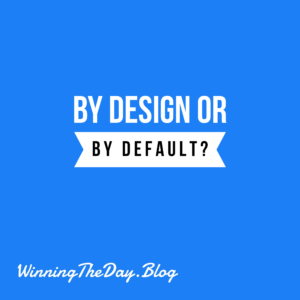The housing market is demonstrating remarkable resilience, largely thanks to several powerful demographic currents. Let’s delve into these factors and explore their implications for the future of homeownership.
1. Millennials and Gen Z: The Rise of Young Buyers
Millennials (born 1981-1996) and Gen Z (born 1997-2012), the largest generations in history, are entering their prime homebuying years. As they establish families and seek more living space, their demand for housing is surging. This trend is projected to persist for the next decade and beyond, providing a robust foundation for the housing market.
- Millennials: Approximately 72.7 million in the US.
- Gen Z: Roughly 69.3 million.
This surge in demand from young buyers is corroborated by the National Association of Realtors (NAR), which reports that Millennials comprise the largest share of home buyers.
2. Rising Household Formation
New household formation is another key driver of housing demand. This occurs when individuals get married, have children, or simply move out on their own. As more people establish independent households, the need for housing naturally increases. This trend is particularly strong among Millennials, who are forming families at a later age than previous generations.
3. The Aging Baby Boomers
As Baby Boomers (born 1946-1964) reach retirement age, many are downsizing or moving into retirement communities. This frees up existing housing stock, potentially creating opportunities for younger buyers. While this trend may initially lead to a temporary increase in supply, it could also create a demand for smaller, more affordable homes that cater to the needs of an aging population.
4. Immigration’s Impact
Immigration continues to contribute to the housing demand. As people from other countries migrate to the United States, they require housing. This influx of new residents can put pressure on the housing market, especially in urban areas with a high concentration of immigrants. Despite the current political climate, legal immigration remains a significant factor in the housing market.
5. The Urbanization Trend
The ongoing migration to urban areas for jobs, education, and lifestyle amenities is driving demand for housing in cities, where space is often limited and prices are higher. While this can be a challenge for some buyers, it also creates opportunities for investors who are willing to navigate the complexities of urban real estate markets.
My Conclusion: A Resilient Housing Market… Commercial, Another Story
These demographic trends paint a picture of a strong and resilient housing market for the foreseeable future. While economic factors like interest rates and government policies can influence the market, the underlying demographic forces suggest that demand for housing will remain robust. This is encouraging news for both homebuyers and investors looking to capitalize on the growing housing market.
Commercial trends is another story for another blog.
Important Considerations
It’s crucial to remember that these are just a few of the many factors that can affect the housing market. Economic conditions, interest rates, and government policies can also play a significant role. Staying informed about these factors and making well-informed decisions based on your individual circumstances is essential.
By understanding the demographic trends shaping the housing market, you can make more informed decisions about buying or investing in real estate. Whether you’re a first-time homebuyer or a seasoned investor, staying up-to-date on the latest trends and being prepared to seize the opportunities they present is crucial.
Sources to learn more:
- U.S. Census Bureau
- NAR Home Buyer and Seller Generational Trends Report
- Pew Research Center
- Freddie Mac
- National Immigration Forum
- Zillow Research




